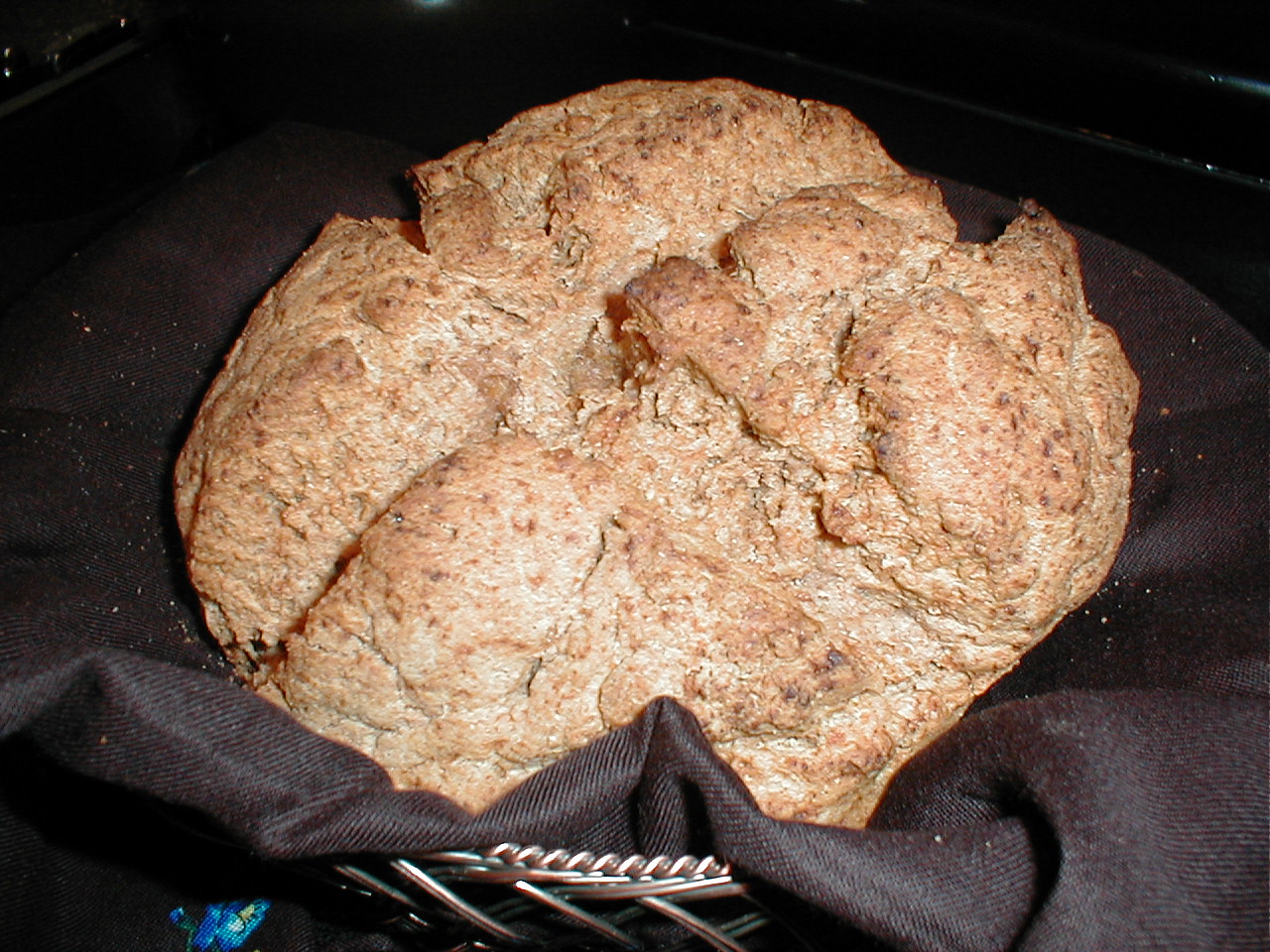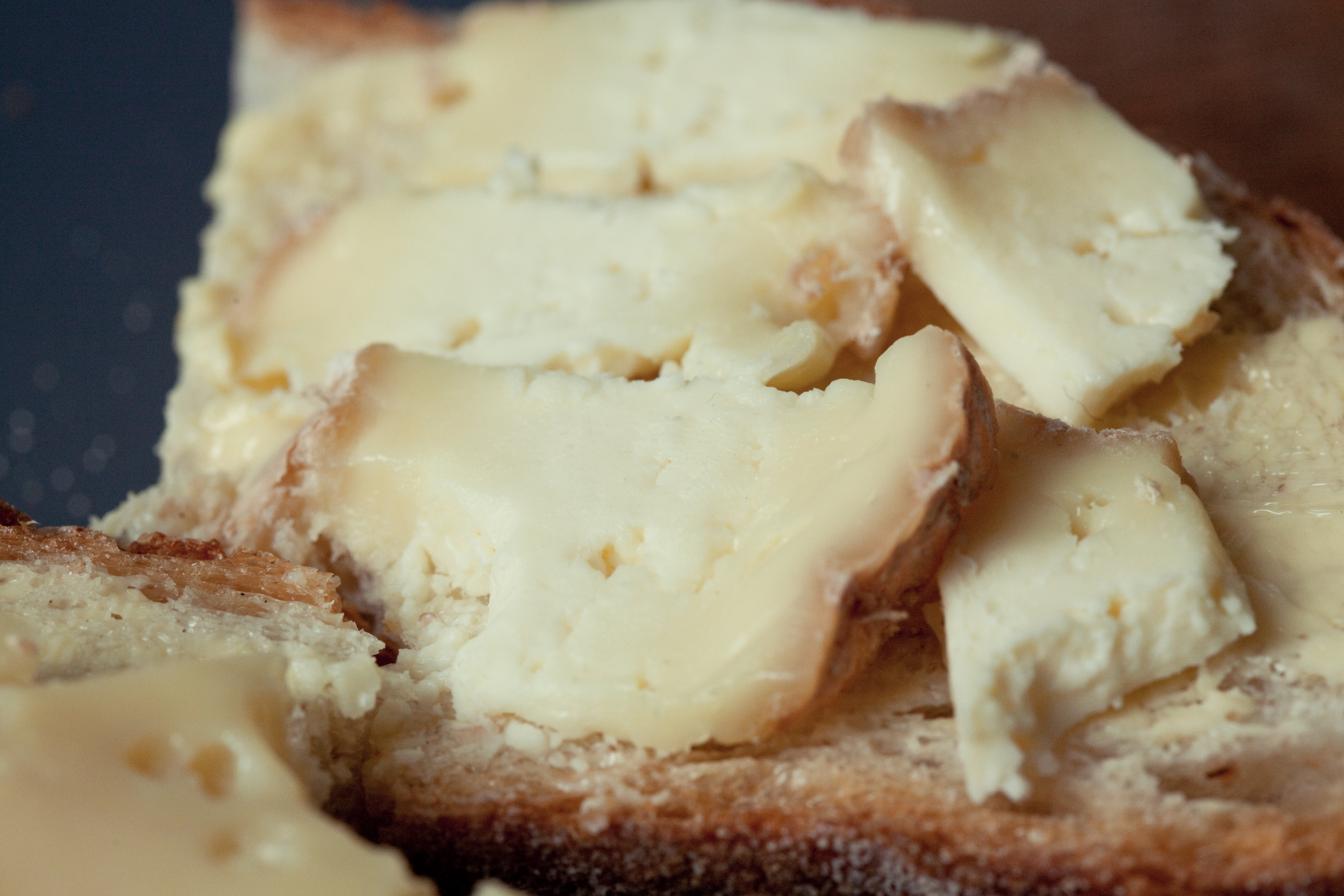We feel safe from such problems, and why wouldn't we? There's always a Tesco, or a Supervalu, or a Dunnes Stores open nearby when we need to nip out for a bottle of milk or a sliced pan. It seems impossible to imagine that issues like peak oil and global warming might impact our shores, but the warnings are dire. Climate change will undoubtedly alter the hydrologic cycle, which has the potential to irrevocably undermine food security.
Earlier this year, the EU implemented a new directive entitled 'On the production and making available on the market of plant reproductive material (plant reproductive material law)', which aims to limit the sale of unlicenced seeds. The consequences of this law are frightening. It threatens biodiversity and the large variety of vegetables and fruits that are available by decreasing the number of heritage seeds in circulation. Large seed producers will benefit over small co-operatives, farmers and gardeners, many of whom rely on sharing seeds which might fall outside the EU's strict definitions.
Due to lobbying by food campaigners, a last-minute loophole was placed into the directive:
Article 14(1) shall not apply to plant reproductive material where all of the following conditions are fulfilled:
(a) it is made available on the market in small quantities by persons other than professional operators, or by professional operators employing no more than ten persons and whose annual turnover or balance sheet total does not exceed EUR 2 million;
(b) it is labelled with the indication 'niche market material'.
Irish Seed Savers is a non-governmental organisation that was founded in 1991 in order to maintain a bank of traditional Irish seed varieties, many of which are not commercially available. Thanks to the insertion of the above mentioned codicle, this group would not seem to be threatened by the EU directive. However, this law is part of a larger pattern, one which threatens the campaign to preserve our seed heritage. Recently, Irish Seed Savers announced that cuts in necessary grants from the Department of Agriculture have endangered their ability to continue to function. This is a damning indictment of the Government's attitude towards our future food security.
It's time for us, growers and consumers alike, to understand the role we have to play. Reducing the obscene amount of food that we wast is one crucial step. Tesco has just pledged to amend their current wasteful policies which mean that 40% of the apples on display end up being thrown out, and just under half of bakery items are discarded. We also have to change the way we look at food. Fruit and vegetables that aren't visually attractive never make it into the stores, often ending up being dumped or fed to animals. Public pressure on supermarkets to stop these wasteful practices is the only way to get them to budge.
We also have to realise that preserving seeds, whether from vegetables bought in the supermarket - tomatoes peppers, potato tubers, apples and so on - or from the plants that we grow, is an important step in guaranteeing our own food independence. Nothing less than our own survival is at stake.













